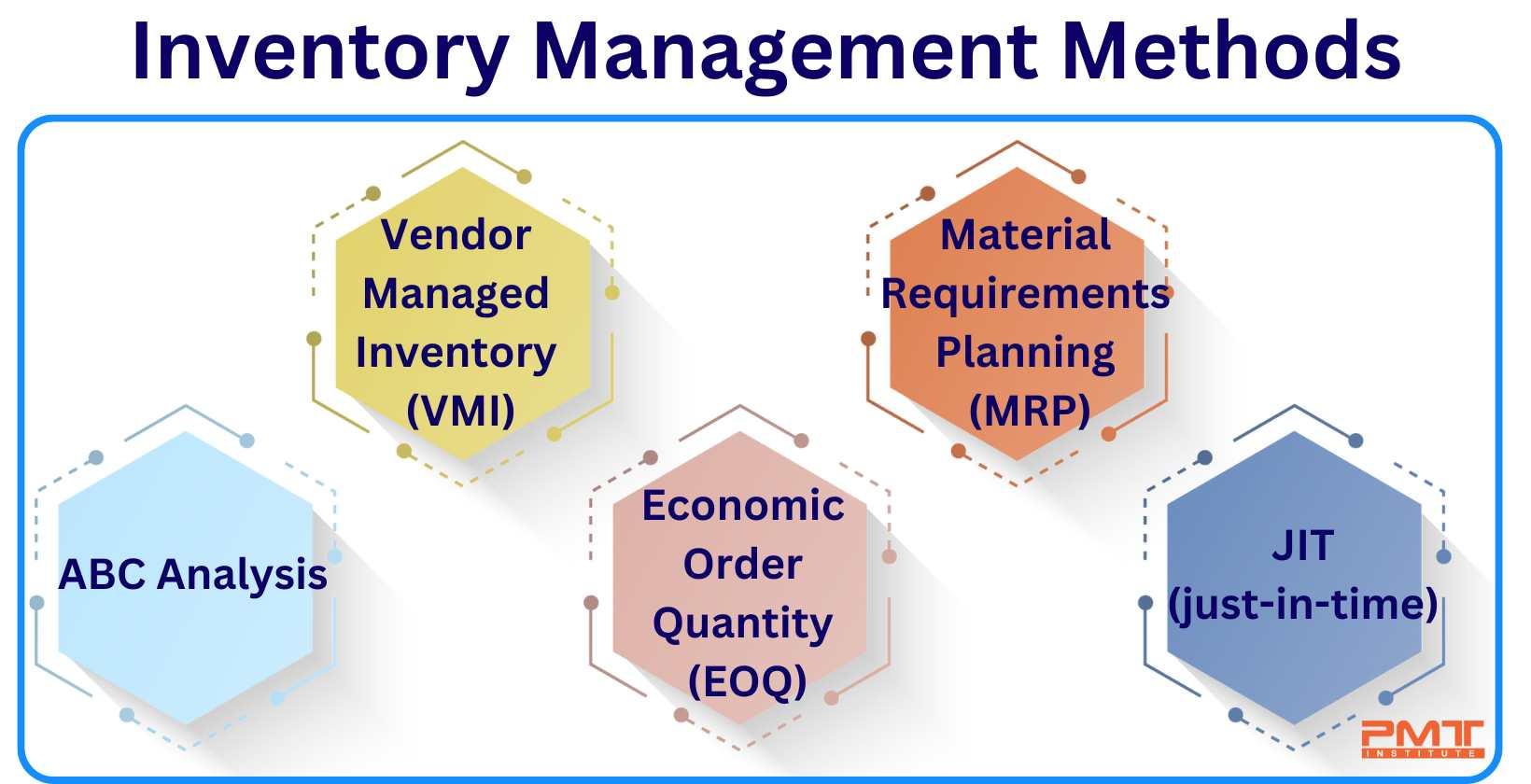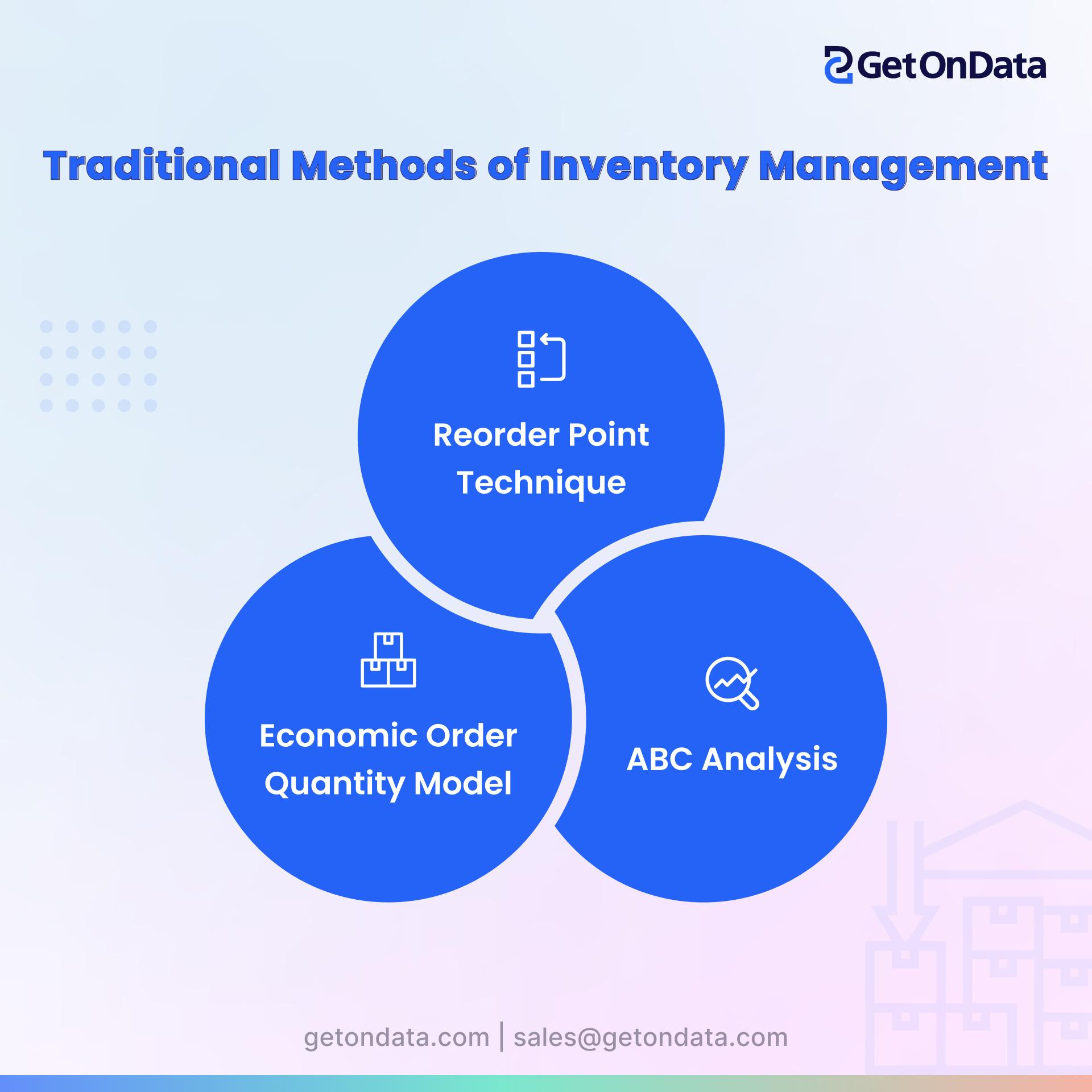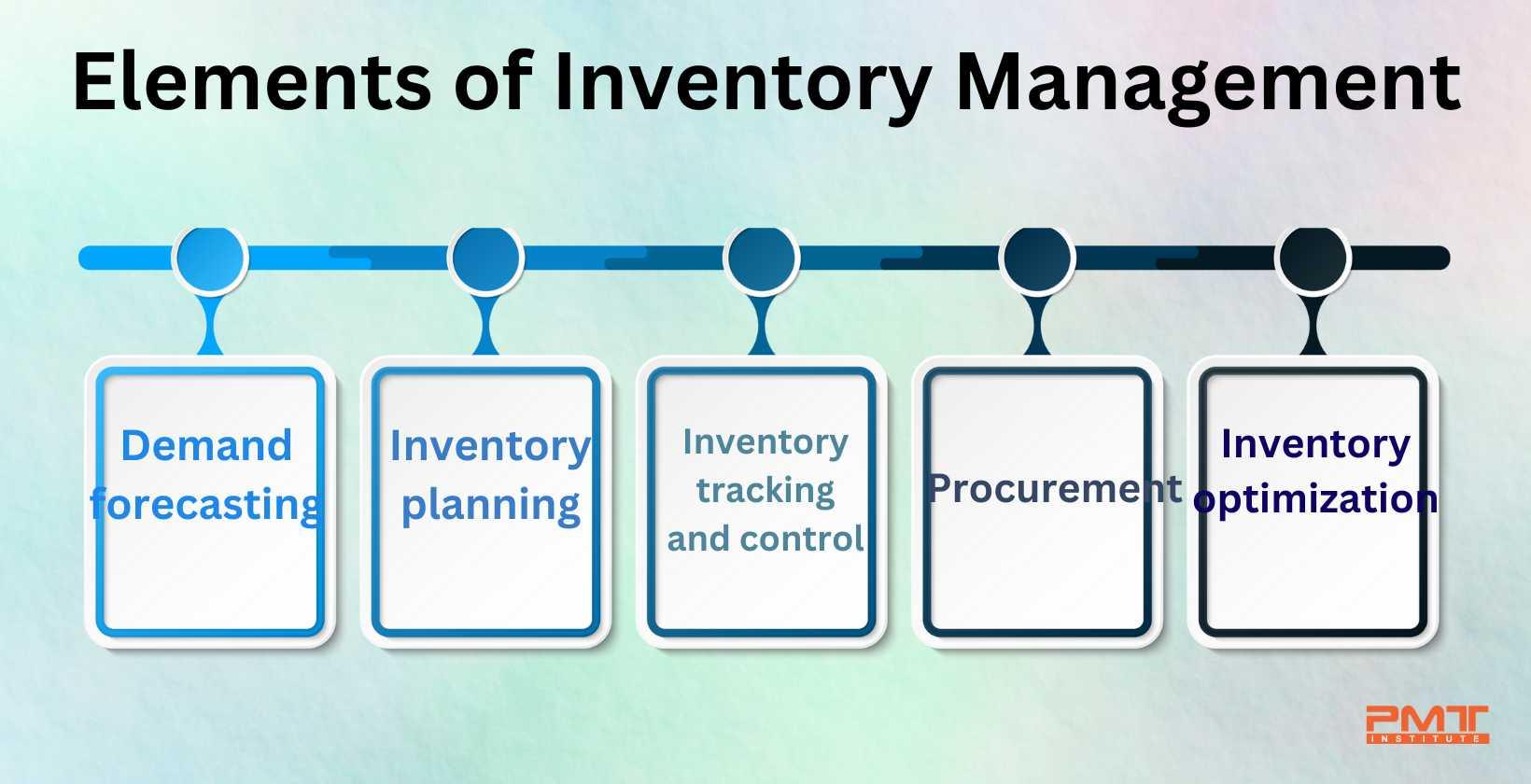In the fast-paced world of e-commerce, where consumer expectations are higher than ever and competition is merely a click away, mastering inventory management has emerged as a cornerstone of business success. Picture a bustling online store: products displayed enticingly, customer orders streaming in, and enthusiastic reviews rolling through—all of this hinges on one critical element: efficient inventory control. As supply chains become increasingly complex and customer preferences shift with the tides of digital trends, the ability to manage stock effectively is not just a helpful skill; it’s an essential strategy for thriving in the marketplace. This article will delve into the art and science of inventory management, equipping you with the tools and insights needed to transform your e-commerce venture into a well-oiled machine, ready to meet demand and foster growth. Join us as we explore the pivotal role of inventory management and discover how optimizing this crucial aspect of your business can unlock doors to unparalleled success.
Understanding the Principles of Inventory Management for E-commerce Growth
Effective inventory management is crucial for e-commerce businesses aiming to scale. By understanding key principles, sellers can optimize their supply chain and significantly improve operational efficiency. First and foremost, maintaining accurate stock levels prevents both overstocking and stockouts, which can lead to lost sales or wasted resources. Businesses should implement systems that track inventory in real-time, enabling quick adjustments and accurate forecasting. This proactive approach is essential for meeting customer demand without excess inventory tying up valuable capital.
Equally important is the categorization of products based on their sales velocity. Adopting the ABC analysis method helps identify high-turnover items that require more frequent replenishment compared to slower-moving products. This strategic classification allows businesses to focus their resources more effectively, ensuring that popular products are readily available while minimizing costs associated with slow-moving inventory. Furthermore, leveraging technology, such as automated reorder points and analytics tools, can streamline the inventory replenishment process and provide valuable insights into purchasing trends.

Leveraging Technology to Streamline Inventory Processes
In today’s fast-paced e-commerce landscape, utilizing technological tools is essential for effective inventory management. Automation software can significantly enhance accuracy and efficiency by reducing human error and providing real-time data. Some of the key functionalities that technology can offer include:
- Inventory Tracking: Use barcodes and RFID tags to track products seamlessly.
- Forecasting: Predict future demand based on historical data and trends.
- Integration: Connect inventory systems with sales platforms for synchronized updates.
- Alerts: Set up notifications for low stock levels or upcoming expiration dates.
Moreover, employing cloud-based inventory management solutions allows for enhanced accessibility and collaboration across teams. This shift not only facilitates remote monitoring but also empowers businesses to make informed decisions faster. Consider the following advantages:
| Advantage | Description |
|---|---|
| Scalability | Adaptable resources that grow with your business. |
| Cost Efficiency | Reduced overhead costs with on-demand solutions. |
| Data Security | Secure storage of sensitive inventory information. |
By implementing these technological innovations, businesses can not only streamline their inventory processes but also set the foundation for sustainable growth and improved customer satisfaction.

Crafting a Data-Driven Inventory Strategy for Enhanced Decision Making
In an increasingly competitive e-commerce landscape, the ability to make informed decisions about inventory management is crucial. Embracing a data-driven approach allows businesses to analyze key metrics and trends that directly impact stock levels and customer satisfaction. By leveraging tools such as predictive analytics and real-time tracking, you can identify demand fluctuations and optimize your inventory accordingly. This not only minimizes holding costs but also ensures that you are equipped to meet customer expectations efficiently. Key considerations for building a robust strategy include:
- Historical Data Analysis: Examine past sales data to predict future trends.
- Real-Time Inventory Monitoring: Implement tools that offer real-time visibility into stock levels.
- Customer Insights: Analyze customer behavior and preferences to tailor your stock.
- Supplier Performance Metrics: Evaluate supplier reliability and responsiveness to refine your supply chain.
Integrating these elements into your decision-making process fosters a proactive inventory management strategy. Consider utilizing a structured table to visualize key data points, aiding in clarity and strategic planning:
| Metric | Description | Importance |
|---|---|---|
| Stock Turnover Rate | Measures how often inventory is sold and replaced in a given period. | Indicates inventory efficiency and sales performance. |
| Lead Time | The time it takes to replenish stock after an order is placed. | Essential for timely inventory replenishment and customer satisfaction. |
| Gross Margin Return on Investment (GMROI) | A ratio that measures the profit return relative to inventory investment. | Helps assess the profitability of inventory sold. |

Building Resilience: Preparing Your Inventory for Market Fluctuations
In the ever-changing landscape of e-commerce, businesses must be proactive in adapting their inventory strategies to withstand market fluctuations. Diversification is crucial; consider expanding your product lines to include complementary items that can help maintain sales during slower periods for your main offerings. Additionally, implementing a robust demand forecasting system will allow you to anticipate market trends and adjust your inventory levels accordingly. This blend of agility and foresight ensures that your stock remains aligned with customer needs, minimizing the risk of overstocking or stockouts.
Another effective strategy involves establishing strong relationships with suppliers. By negotiating favorable terms, such as flexible order quantities or shorter lead times, you can respond quickly to market shifts without committing to hefty inventory purchases. Moreover, leveraging technology can enhance your inventory management system—embracing tools like automated tracking and analytics to gain insights into sales patterns and customer behavior. Below is a simple table highlighting key components of a resilient inventory strategy:
| Component | Description |
|---|---|
| Diversification | Expand product lines to mitigate risk. |
| Demand Forecasting | Predict market trends for better stock management. |
| Supplier Relationships | Build partnerships for flexible inventory solutions. |
| Technology Integration | Utilize tools for analytics and tracking. |
Closing Remarks
In the ever-evolving landscape of e-commerce, mastering inventory management is not just a task—it’s an art form. As we’ve explored throughout this article, the delicate balance of stock levels, the foresight in demand forecasting, and the precision of timely shipping can unlock the door to unparalleled success. By implementing the strategies and tools discussed, you equip your business with the capabilities needed to navigate fluctuations in demand, minimize costs, and enhance customer satisfaction.
Remember that each decision you make in your inventory process shapes the overall customer experience and ultimately reflects on your brand. Embrace the challenges that come with managing your inventory and turn them into opportunities for growth and innovation.
As you journey towards e-commerce excellence, keep refining your approach and stay attuned to the changes in consumer behavior and market trends. With dedication and the right strategies in hand, you are well on your way to elevating your business to new heights. The world of e-commerce awaits, and your mastery of inventory management may just be the key that sets you apart from the competition. Happy selling!



